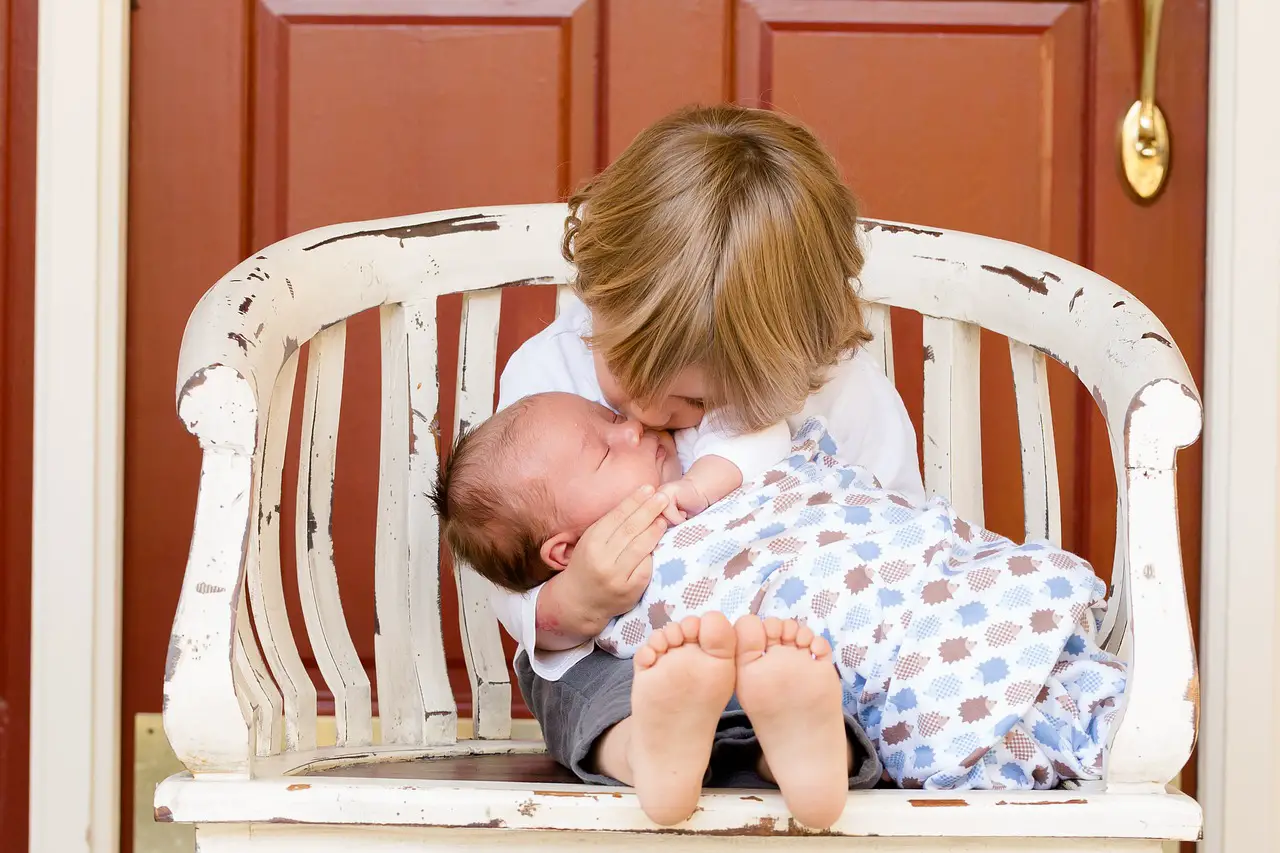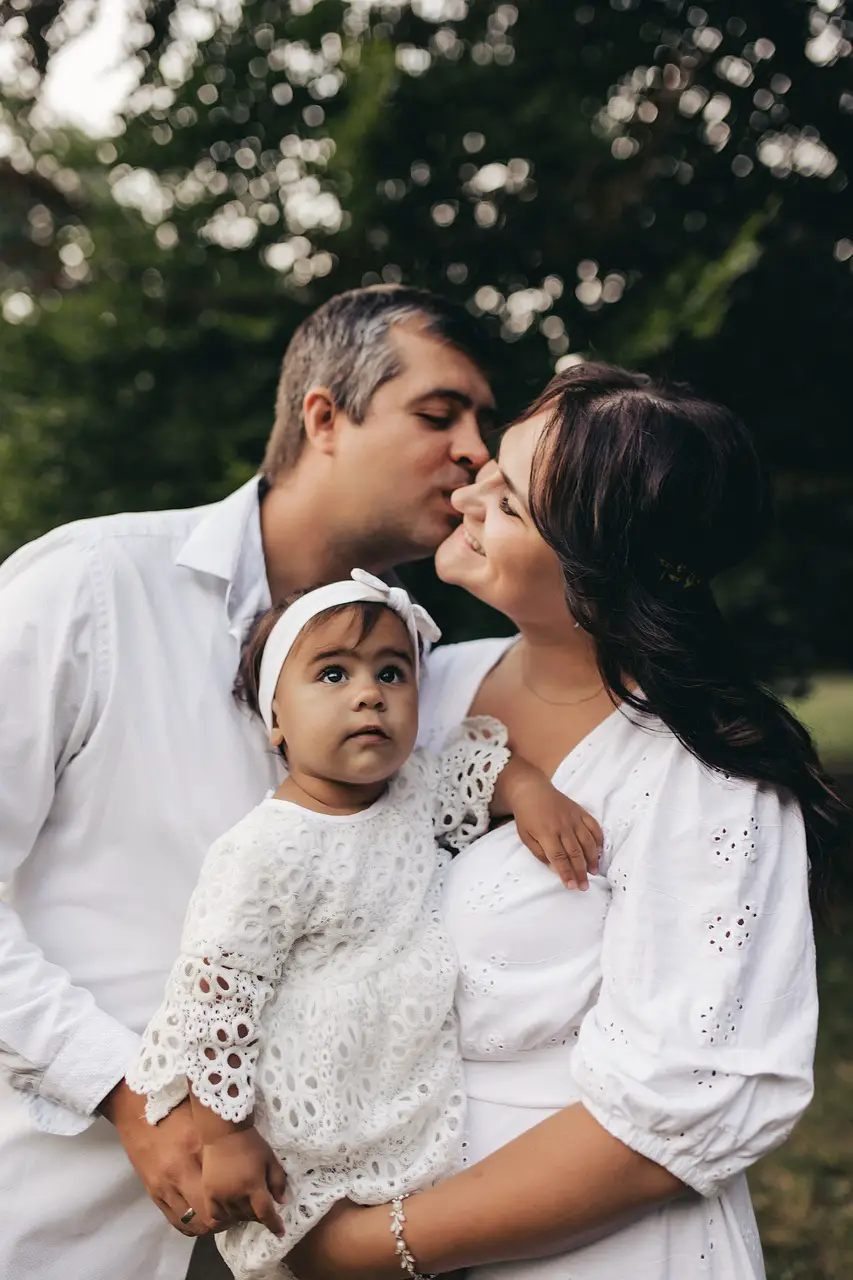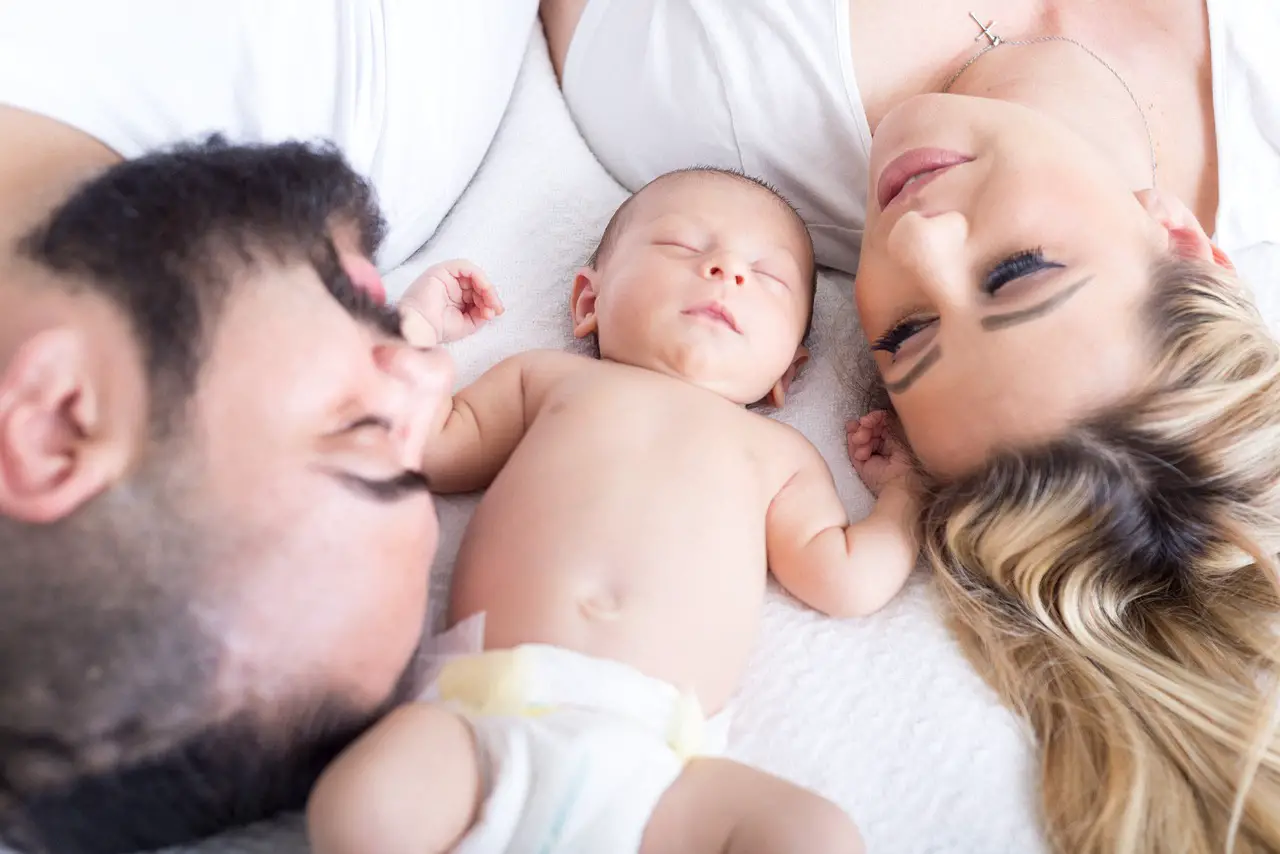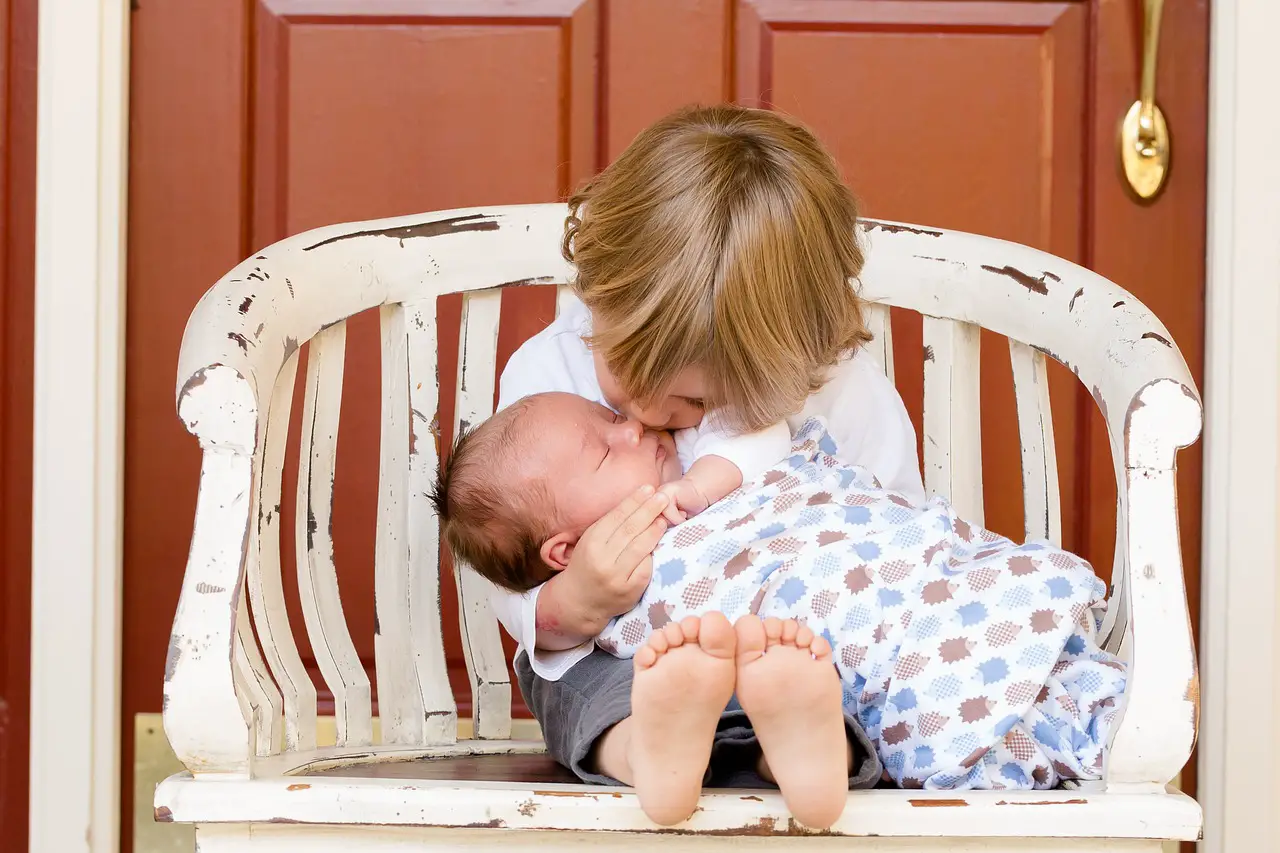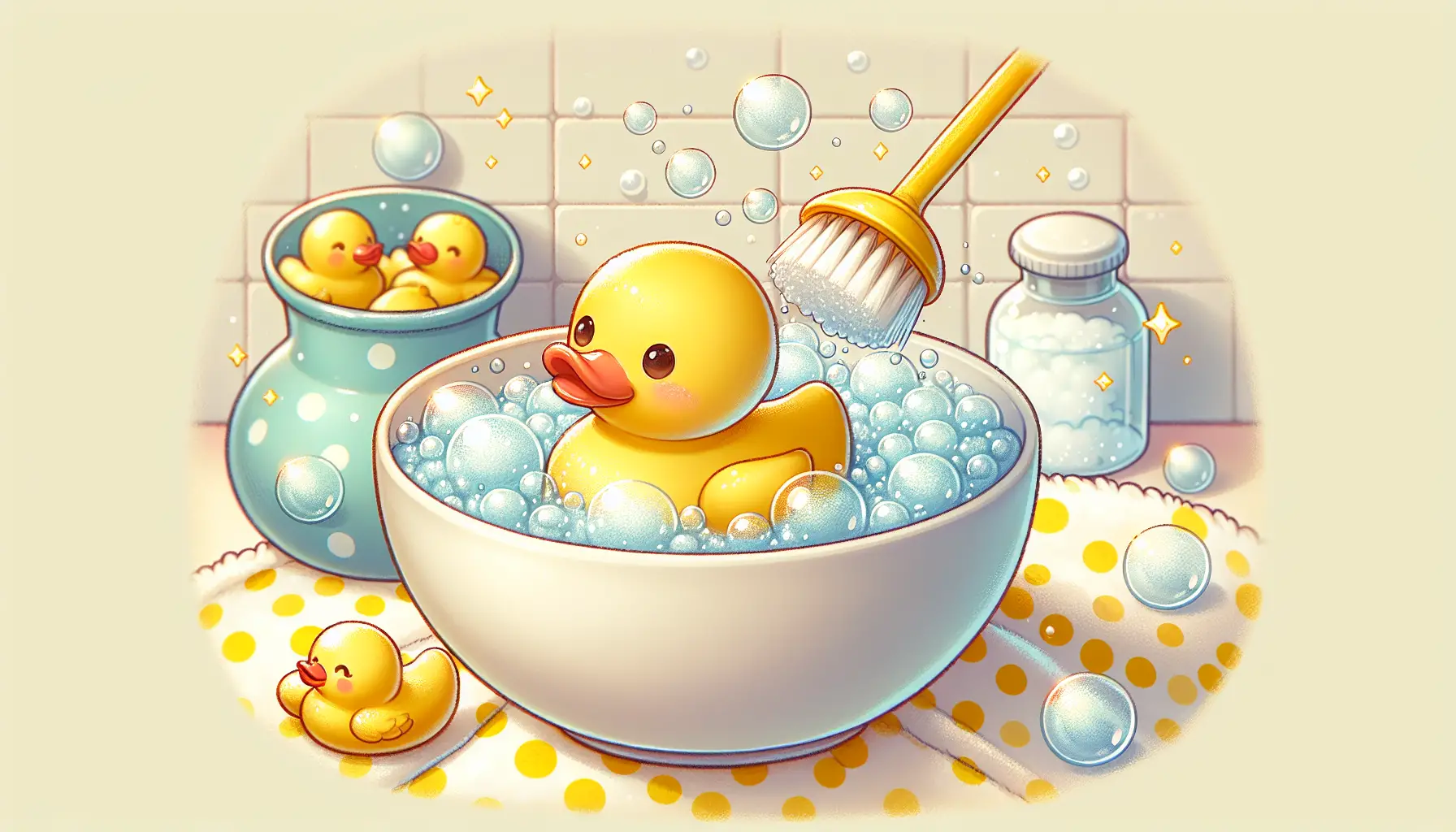Let’s talk about the best way to wash your little one’s precious locks. Taking care of your baby’s hair is essential, and knowing the right techniques will make the experience enjoyable for both of you. From selecting gentle baby shampoo to ensuring a comfortable and safe bath time routine, this article will guide you through the steps to keep your baby’s hair clean, soft, and healthy. So, lather up those tiny strands, and let’s make baby hair washing a breeze!
Choosing the Right Products
When it comes to washing your baby’s hair, it’s important to choose the right products that are gentle and safe for their delicate scalp and hair. The first step is to identify your baby’s hair type, as this will help you determine the best shampoo and hair care routine for them.
Different babies have different hair types, including straight, curly, wavy, thick, coarse, fine, or thin hair. Understanding your baby’s hair type will help you choose the right products that cater to their specific needs. If you’re unsure about your baby’s hair type, you can consult a pediatrician or a hair care specialist for guidance.
When selecting a baby shampoo, opt for mild and gentle formulas that are specifically designed for babies. These shampoos are usually free from harsh chemicals and irritants that could potentially harm your baby’s sensitive skin and scalp. Look for products that are labeled as “tear-free” or “hypoallergenic,” as these are less likely to cause any discomfort or tears during the hair washing process.
It is crucial to avoid shampoos that contain harsh chemicals, fragrances, or artificial colors, as these can cause irritation and dryness to your baby’s scalp and hair. Always read the ingredient list carefully before purchasing a product and choose those with natural and organic ingredients whenever possible.
Consider using a tear-free formula, especially for newborns and young babies. Tear-free formulas are designed to be gentle on the eyes and minimize any stinging or discomfort if shampoo accidentally gets into your baby’s eyes during the hair wash.
Preparing for the Hair Wash
Before you start washing your baby’s hair, it’s essential to gather all the necessary supplies to ensure a smooth and safe experience. You will need a baby shampoo, a soft towel, a wide-toothed comb or brush, and a detangling spray if necessary. Having everything within reach will prevent you from leaving your baby unattended during the hair washing process.
Create a safe and comfortable space for your baby’s hair wash. You can do this by setting up the area in the bathroom or any other suitable space that provides a stable and secure spot. Place a non-slip mat or towel at the bottom of the bath or sink to prevent any accidents or slips. Make sure the space is warm and free from drafts to keep your baby comfortable throughout the hair wash.
Adjust the water temperature and flow before starting the hair wash. Use warm water that is not too hot or cold, as extreme temperatures can be uncomfortable for your baby. Test the water temperature on the inside of your wrist before wetting your baby’s hair. It should be comfortably warm, similar to the temperature of bathwater.
During the hair wash, it’s crucial to protect your baby’s eyes from any shampoo getting into them. You can gently cover your baby’s eyes with a hand or use a soft visor designed specifically for this purpose. This will prevent any stinging or discomfort caused by shampoo entering their eyes.
Washing Techniques
To begin the hair wash, wet your baby’s hair with warm water. Use a small cup or your hand to pour water over their head, ensuring that their hair is thoroughly saturated. The warm water will help to loosen any dirt or debris, preparing the hair for shampooing.
Next, apply a small amount of baby shampoo to your hand and gently lather it. Be mindful not to apply too much shampoo, as a little goes a long way for babies. The gentle lather will clean your baby’s hair without causing any dryness or irritation.
Massage the shampoo into your baby’s scalp using gentle circular motions. This will help to cleanse the scalp and remove any dirt or excess oil. Use your fingertips or the pads of your fingers, and avoid using your nails, as this can scratch or irritate their delicate scalp.
Once you have thoroughly massaged the shampoo into your baby’s scalp, rinse their hair with warm water until all the shampoo is removed. Ensure that there are no leftover shampoo residue as it can lead to dryness and discomfort.
After rinsing, use a soft towel to pat your baby’s hair dry. Gently wrap the towel around their head and press lightly to absorb excess water. Avoid rubbing their hair vigorously with the towel, as this can cause tangles and breakage. Instead, patting the hair dry will minimize damage and keep it soft and manageable.
Dealing with Tangles
Tangles can often occur in baby’s hair, especially if they have longer or thicker hair. To tackle tangles, it’s important to use the right tools and techniques that are gentle and effective.
Start by using a wide-toothed comb, specifically designed for babies. This type of comb has widely spaced teeth that will help to detangle the hair without causing any pain or discomfort. Begin combing from the ends of the hair and work your way upwards to remove the tangles gradually. Take your time and be patient, as rushing can lead to more tangles and potential hair breakage.
If your baby’s hair is particularly prone to tangles, consider using a detangling spray. These sprays are formulated to make the hair more manageable and easier to comb through. Simply spray a small amount onto the tangles, and then use your fingers or a comb to gently work them out. Be cautious not to use excessive force, as this can cause hair breakage.
Hair Washing Frequency
The frequency of washing your baby’s hair depends on various factors, including their age, scalp condition, and personal preference. It’s essential to follow your baby’s cues when it comes to hair washing and avoid excessive washing, as this can strip the scalp of its natural oils and cause dryness.
Newborns typically have sparse hair and do not require frequent washing. You can clean their scalp with a soft, damp cloth during bathing until their hair begins to grow more significantly. As your baby grows, you can gradually introduce hair washing into their bathing routine.
Take into consideration the condition of your baby’s scalp when deciding how often to wash their hair. If your baby has cradle cap or a dry scalp, more frequent washing may be necessary to keep their scalp clean and hydrated. On the other hand, if your baby has a healthy scalp and their hair does not appear dirty or oily, you can wash their hair less frequently.
If you are uncertain about how often to wash your baby’s hair, it’s always a good idea to consult with a pediatrician or a hair care professional. They can provide guidance tailored to your baby’s specific needs and help you establish a healthy hair care routine.
Additional Hair Care Tips
In addition to proper hair washing techniques, there are other tips to keep in mind for optimal baby hair care.
Avoid tight hairstyles that can pull on your baby’s hair and scalp. Opt for loose hairstyles or leave their hair down whenever possible to prevent any discomfort or hair breakage.
Between hair washes, it’s important to keep your baby’s hair dry. Excessive moisture can lead to fungal growth or irritation. Gently pat the hair dry after bathing and avoid covering the head with hats or tight caps for prolonged periods.
When it comes to styling your baby’s hair, use a soft brush or comb specifically designed for babies. These tools are gentle on the hair and scalp, minimizing any breakage or damage. Always comb or brush the hair gently, starting from the roots and working your way down to avoid tangles.
If you choose to apply hair oils to your baby’s hair, opt for baby-friendly oils that are specifically formulated for their delicate scalp and hair. Apply the oil sparingly to avoid weighing down the hair or causing greasiness. Massage a small amount onto the scalp and hair, focusing on the ends.
Common Challenges and Solutions
During your baby’s hair care journey, you may come across a few common challenges. Here are some solutions to help you navigate through these challenges:
-
Cradle cap: Cradle cap is a common condition characterized by crusty or oily patches on the baby’s scalp. To manage cradle cap, you can gently massage a baby-safe oil or petroleum jelly onto the affected areas, then use a soft brush or comb to loosen and remove the scales. Regular washing with a gentle shampoo and maintaining proper scalp hygiene can also help prevent and manage cradle cap.
-
Dry scalp: If your baby has a dry scalp, you can try using a moisturizing shampoo or a gentle baby oil to restore hydration. Avoid excessive washing and ensure that the scalp is properly moisturized after each hair wash. If the dryness persists or worsens, consult with a pediatrician for further evaluation and treatment options.
-
Too little hair: Some babies may have very little hair, but it’s important to remember that hair growth varies from baby to baby. Be patient and continue to care for your baby’s scalp and existing hair. As your baby grows, their hair will likely thicken and become more abundant.
-
Fussy behavior during hair washing: If your baby becomes fussy or resistant during hair washing, try to make the experience more enjoyable. Sing songs or talk soothingly to your baby to distract and comfort them. You can also incorporate bath toys or other forms of entertainment to make the hair washing process more fun and engaging.
Special Considerations for Different Hair Types
Different hair types require different care and attention. Here are some special considerations for various baby hair types:
-
Curly or wavy hair: Curly or wavy hair tends to be more prone to dryness and tangles. Use a moisturizing shampoo and conditioner specifically formulated for curly hair to maintain hydration. Consider using a wide-toothed comb or your fingers to detangle instead of brushes, as brushes can disrupt the natural curl pattern.
-
Straight hair: Straight hair is generally easier to maintain but may still require regular washing and detangling. Use a lightweight shampoo and conditioner to avoid weighing down the hair. Consider using a brush with soft bristles to keep the hair smooth and manageable.
-
Thick or coarse hair: Thick or coarse hair may benefit from a more intensive moisturizing routine. Use a rich, hydrating shampoo and conditioner to help soften and nourish the hair. Deep conditioning treatments can also be beneficial for maintaining moisture and managing frizz.
-
Fine or thin hair: Fine or thin hair can be delicate and prone to breakage. Use a volumizing shampoo and conditioner that provide gentle cleansing without weighing down the hair. Be cautious when detangling, and consider using a detangling spray or a wide-toothed comb to minimize breakage.
Safety Precautions
When washing your baby’s hair, it’s important to prioritize their safety. Here are some safety precautions to follow:
-
Avoid getting water in the baby’s ears: To prevent water from entering your baby’s ears, avoid tilting their head backward or forcefully pouring water over their head. Use your hand or a cup to gently pour water over their hair without directing it towards their ears.
-
Support baby’s head and neck: Throughout the hair washing process, ensure that you support your baby’s head and neck properly. Use one hand to cradle their head and neck, keeping them stable and secure.
-
Never leave baby unattended: It’s crucial to never leave your baby unattended during the hair wash. Accidents can happen quickly, so it’s essential to always keep a close eye on your baby, especially in wet or slippery environments.
-
Check water temperature: Before wetting your baby’s hair, always check the water temperature to avoid scalding or discomfort. The water should be comfortably warm, similar to the temperature of bathwater.
Bonding and Enjoyable Hair Care Routine
Hair washing can be a wonderful bonding experience with your baby. Here are some tips to make it a pleasant and enjoyable routine:
-
Make it a pleasant experience: Approach the hair washing process with a positive and calm attitude. Babies are perceptive and can sense your emotions, so creating a peaceful and loving atmosphere will make them feel secure and relaxed.
-
Sing songs or talk soothingly to baby: Engage with your baby during the hair wash by singing songs or talking gently to them. These soothing sounds can comfort your baby and distract them from any potential discomfort.
-
Utilize bath time for bonding: Incorporate hair washing into the overall bath time routine to maximize bonding opportunities. Use this time to interact with your baby, playing games or sharing laughter. The more positive associations your baby has with hair washing, the more enjoyable the experience will be for both of you.
-
Celebrate milestones like first haircut: As your baby grows, they will reach significant milestones, such as their first haircut. Embrace these moments and celebrate them together. Capture memories through photographs and make the experience memorable and special for your baby.
By following these tips and adopting a gentle and mindful approach, you’ll be well-prepared to wash your baby’s hair effectively while creating a positive and enjoyable experience for both you and your little one. Remember, each baby is unique, so it’s important to personalize your hair care routine to suit your baby’s specific needs.
